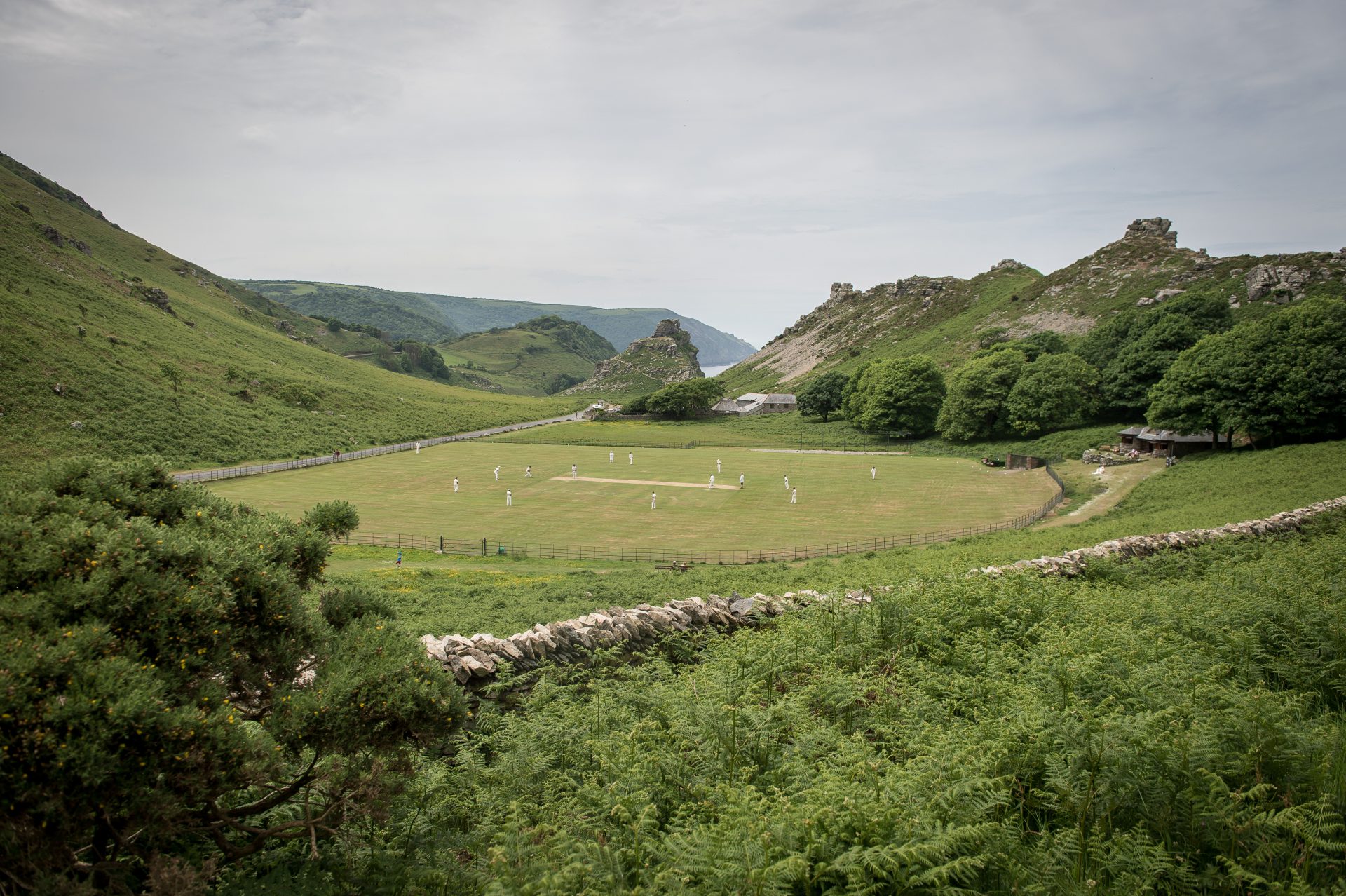If you took a journey today across the south of England from the east coast to the southwestern peninsula, you would be replicating the journey taken by the Anglo-Saxons as they invaded, colonised and eventually settled over large parts of this island, displacing and dispossessing many of the original Brittonic Celtic inhabitants on the way.
Depending on the exact route you took, you would be covering a distance of some 250 to 350 miles.
By train from Ipswich to Exeter is a trip of under five hours. For the Anglo-Saxons, it was a journey that took something like 400 years.
Having arrived in Kent and East Anglia in the early 400s AD, they did not assume effective control of Devon until well into the 800s.
Today we can appreciate something of the chronological length of the journey which these Germanic colonists undertook by travelling across the country ourselves, examining local placenames as we go.
It is thought by onomasticians that, amongst the very earliest Anglo-Saxon names given by the settlers to the villages which they founded – or which they seized for themselves from the original British inhabitants and renamed – are those ending in the element –ham.
The Old English word ham, ‘homestead, village’ has the same origin as Norwegian heim, ‘home’, Dutch heem, German Heim, and Icelandic heimr, And it has also become our Modern English word home.
But as one travels further in a southwesterly direction across England, toponyms ending in –ham become increasingly hard to find. Norfolk is somewhat smaller than Devon, but it has more than 150 place-names ending in –ham, while Devon has fewer than 20, with some of those not even deriving from Old English ham but from hamm, ‘meadow’.
Later on during the Germanic colonisation, Old English tun, ‘enclosure’ – Modern English town – started being used in the naming of settlements; the numbers of placenames ending in -ton do not differ significantly between Devon and Norfolk.
Lynton, on the River Lyn, is one of about 140 such Devonian toponyms, while Bacton – the settlement of Bacca – on the Norfolk coast is one of around 160 with the –ton element.
Some West Country toponyms strike easterners as rather colourful – they might be surprised to come across a village called Broadwoodwidger; and I reckon few would consider Mary Tavy to be a normal place-name.
A number of southwestern placenames can be accounted for by noting the late arrival of Old English speakers in the southwest, and the hundreds of years more exposure they therefore had to the language of the indigenous Celtic-speaking peoples.
Dunchideock, near Exeter, comes from the British Celtic for ‘wooded fort’: dun, ‘fort’ (Modern Welsh din) plus coediog, ‘wooded’ (Welsh coed means ‘wood’).
There are also around 30 places in Devon containing the element combe, which is common in Somerset and Dorset too.
Combe means ‘deep valley’, and the word was borrowed from British Celtic – the modern Welsh word is cwm (the w pronounced like English oo).
There are no Combes in Norfolk.
This could, of course, be ascribed to the fact that there are few deep valleys in Norfolk – but there are some, including the one where the North Norfolk village of Burnham Deepdale is situated.
Edmondsham
Place-names like Dedham, Essex, were derived from ham, ‘home’, plus an Anglo-Saxon chieftain’s name. In this case the chieftain was called Dydda, so the name is signifying ‘Dydda’s ‘settlement’. Aldenham in Hertfordshire was the settlement of Ealda; Amersham in Buckinghamshire, had Ealdmund as its chieftain. Cuxham, Oxfordshire, was named after Cuc; and Chippenham, Wiltshire, after Cippa. Edmondsham, Dorset, needs no explanation.




